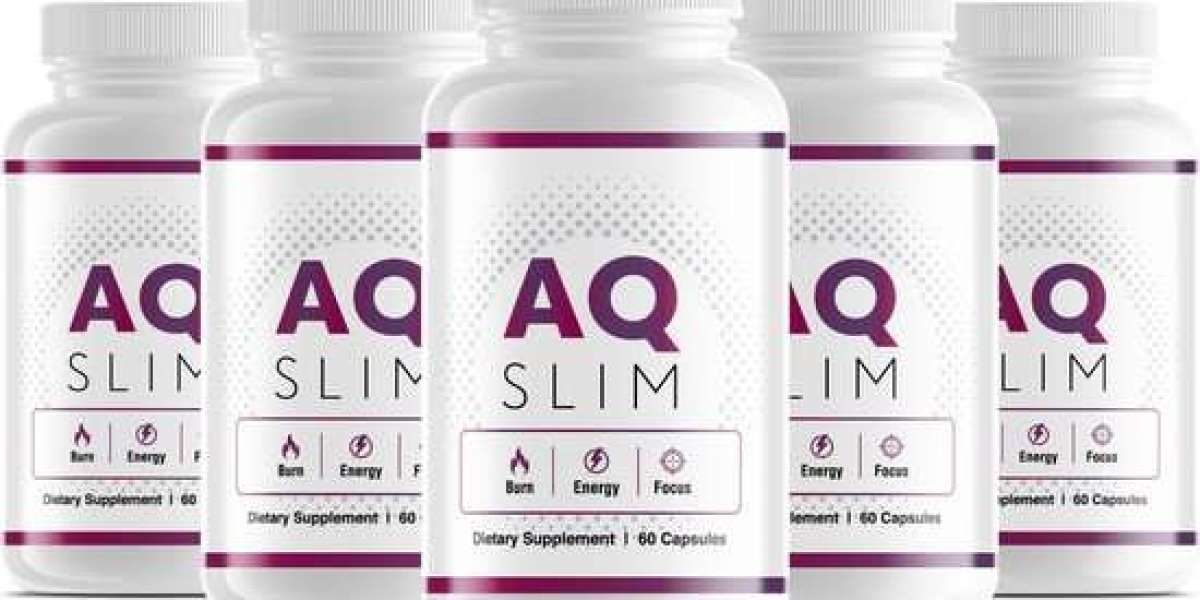In today’s rapidly evolving textile industry, digital printing has emerged as a game-changer. Among the most advanced technologies is the Direct to Fabric Digital Textile Printer, which allows businesses to print high-quality designs directly onto various fabrics. But a common question arises: Is a Direct to Fabric Printer suitable for all fabric types? Let's explore the capabilities, benefits, and limitations of this technology.
Understanding Direct to Fabric Digital Printing
A Direct to Fabric Digital Textile Printer is a highly efficient machine that prints designs directly onto textiles without the need for intermediate transfer processes. Unlike traditional screen printing, which requires extensive setup, a direct to fabric printing machine enables faster production with greater design flexibility. This makes it an excellent choice for businesses looking for high-speed, cost-effective printing solutions.
Fabrics Compatible with Direct to Fabric Printers
One of the major advantages of a Direct to Fabric Printer is its ability to print on a wide variety of materials. Here are some of the most common fabric types used in this printing process:
1. Cotton
Cotton is one of the most popular textiles for direct to fabric printing machines. It absorbs ink well and provides a smooth finish, making it ideal for apparel, home textiles, and fashion wear.
2. Polyester
Polyester is widely used in sportswear and synthetic apparel. Direct to Fabric Digital Textile Printers that use sublimation or reactive inks are especially effective on polyester fabrics, ensuring vibrant, long-lasting prints.
3. Silk
Silk is a delicate fabric known for its luxurious feel and natural sheen. Direct to Fabric Printers with reactive ink technology can print high-quality designs on silk while maintaining the fabric’s softness and drape.
4. Wool
Wool is another textile that can be printed using specialized direct to fabric printing machines. However, due to its natural fibers, it requires careful ink selection and pre-treatment.
5. Linen
Linen is a natural fiber known for its durability and breathability. With the right pre-treatment and ink type, Direct to Fabric Digital Textile Printers can produce stunning prints on linen fabrics.
Fabrics with Printing Challenges
While Direct to Fabric Printers work on a variety of textiles, some fabrics pose challenges:
1. Waterproof or Coated Fabrics
Water-resistant or coated fabrics do not absorb ink well, making it difficult to achieve long-lasting prints. Special treatments or alternative printing methods are required.
2. Stretch Fabrics (Lycra, Spandex)
While it is possible to print on stretch fabrics, the elasticity can sometimes cause ink to crack over time. Special printing techniques and inks are required for durability.
3. Dark-Colored Fabrics
For Direct to Fabric Digital Textile Printers, printing on dark fabrics can be challenging unless white ink or a specialized printing process is used.
Benefits of Using a Direct to Fabric Digital Textile Printer
Investing in a direct to fabric printing machine offers several advantages:
High-Quality Prints: Achieves vibrant, detailed designs with sharp precision.
Cost-Effective: Reduces waste and eliminates the need for expensive setup processes.
Eco-Friendly: Uses less water and chemicals compared to traditional methods.
Versatile: Works on various fabrics, making it ideal for different applications.
Fast Turnaround: Enables on-demand printing for small and large production runs.
Final Verdict: Is It Suitable for All Fabrics?
A Direct to Fabric Digital Textile Printer is highly versatile and supports a wide range of textiles, including cotton, polyester, silk, and linen. However, certain fabrics, such as waterproof materials and highly elastic textiles, require special considerations. With the right ink, pre-treatment, and printing techniques, Direct to Fabric Printers can cater to most textile needs.
If you're looking to invest in a direct to fabric printing machine, it’s essential to choose the right printer and ink combination for your specific fabric requirements. Grando India offers high-performance Direct to Fabric Digital Textile Printers designed for diverse textile applications.








